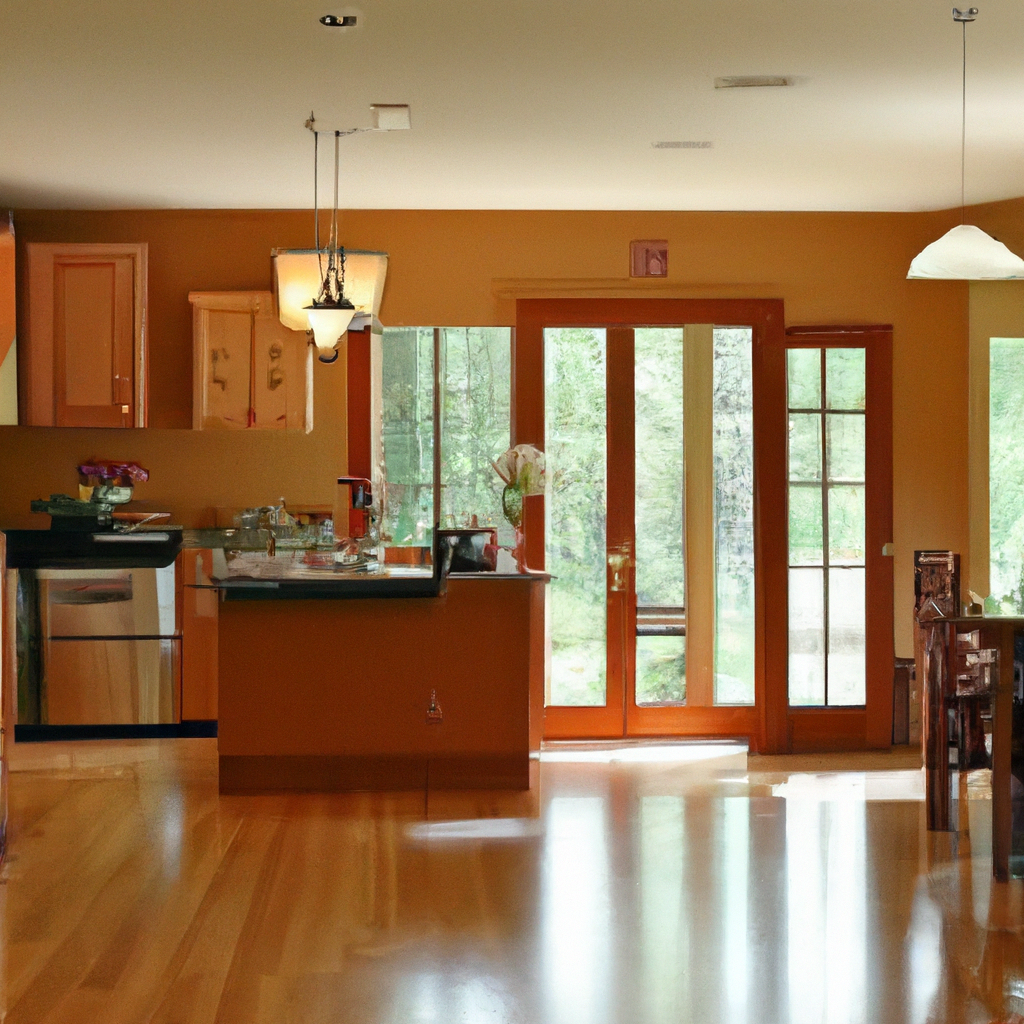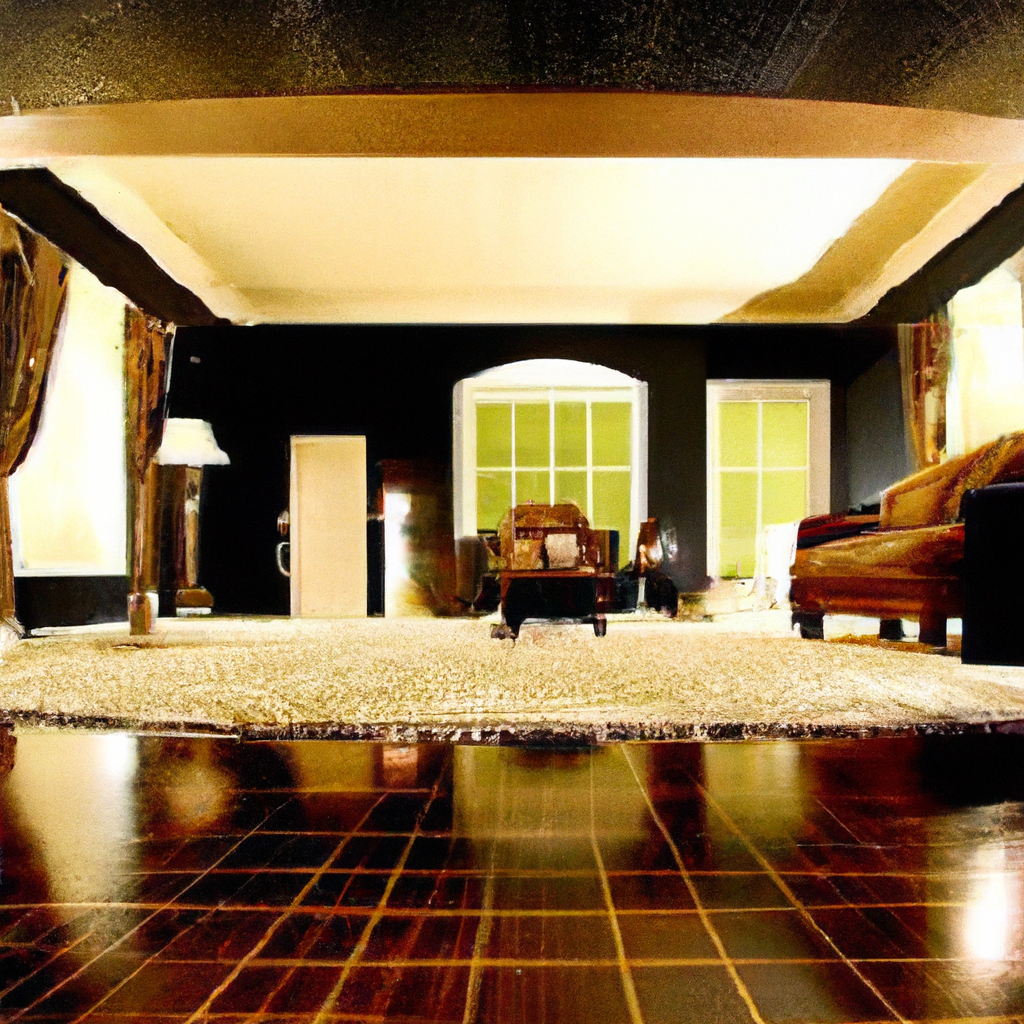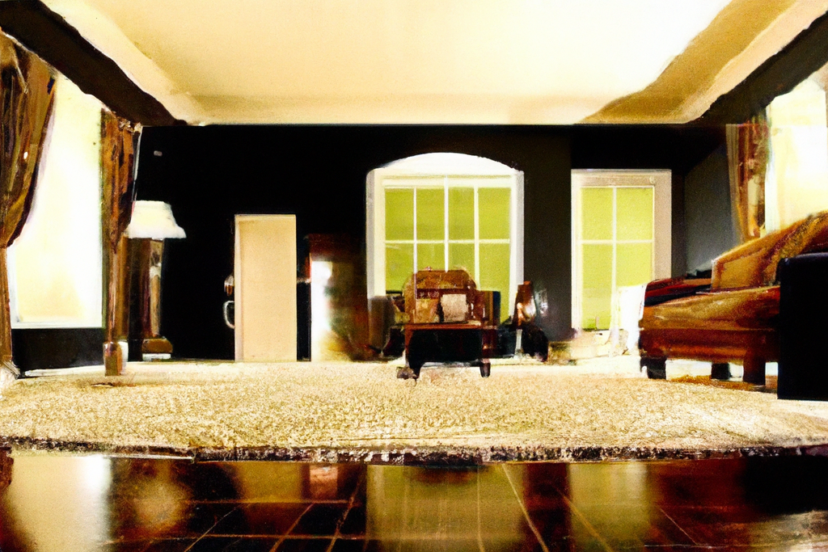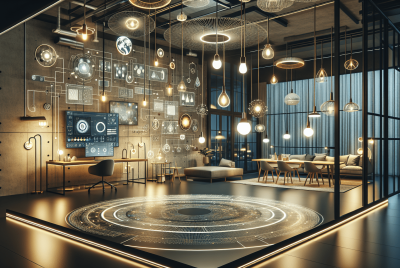The Basics Of Home Lighting: A Comprehensive Introduction For New Homeowners
So, you’ve just become a proud homeowner and you’re ready to transform your new house into a cozy home. One important aspect of creating the perfect atmosphere is lighting. Whether you’re looking to brighten up a room, add some accent lighting, or create a relaxing ambiance, understanding the basics of home lighting is essential. In this guide, we’ll take you through everything you need to know as a new homeowner about home lighting. From different types of light fixtures to understanding color temperatures, we’ll equip you with the knowledge you need to bring your home to life with the perfect lighting. Get ready to brighten up your world and let your creativity shine!
Understanding Different Types of Lighting
Incandescent Lighting
Incandescent lighting is the traditional type of lighting that creates light through a heated filament. It has been used for decades and is known for its warm and inviting glow. Incandescent bulbs are inexpensive and widely available, making them a popular choice for many homeowners. However, they are not energy-efficient and have a relatively short lifespan compared to other types of lighting.
Fluorescent Lighting
Fluorescent lighting is a type of lighting that works by passing an electric current through a gas-filled tube to create visible light. It is known for its bright and cool light output. Fluorescent bulbs are more energy-efficient than incandescent bulbs and have a longer lifespan. They are commonly used in offices, kitchens, and other areas that require bright lighting. However, some homeowners may find the quality of fluorescent lighting to be too harsh or unnatural.
LED Lighting
LED lighting, or light-emitting diode lighting, is a modern and energy-efficient lighting option. LED bulbs use light-emitting diodes to produce light. They are known for their long lifespan, low energy consumption, and versatility. LED lighting can be found in a wide range of colors and can be dimmable, making them suitable for various lighting needs. LED bulbs are more expensive upfront, but their long lifespan and energy efficiency make them cost-effective in the long run.
Choosing the Right Bulbs
Incandescent Bulbs
Incandescent bulbs come in various sizes and wattages, making them suitable for different lighting fixtures. They provide a warm and familiar glow that is often used for ambient lighting. However, incandescent bulbs are not as energy-efficient as other options and tend to produce more heat.
Halogen Bulbs
Halogen bulbs are a type of incandescent bulb that uses halogen gas to maximize their efficiency and lifespan. They provide a bright and crisp light, making them ideal for task lighting. Halogen bulbs are commonly used in track lighting, recessed lighting, and outdoor fixtures. However, they do produce a significant amount of heat and should be handled with care.
CFL Bulbs
CFL bulbs, or compact fluorescent bulbs, are a more energy-efficient alternative to incandescent bulbs. They use less energy and have a longer lifespan. CFL bulbs come in different shapes and sizes, making them suitable for a variety of fixtures. However, they may take some time to reach their full brightness and may not be dimmable in all cases.
LED Bulbs
LED bulbs are highly versatile and energy-efficient. They are available in different colors and can be dimmable, allowing homeowners to customize their lighting experience. LED bulbs last significantly longer than incandescent or CFL bulbs and consume less energy. However, they tend to be more expensive upfront.

Determining the Color Temperature
Warm Light
Warm light has a color temperature range between 2700K and 3000K. It creates a cozy and inviting atmosphere, similar to the warm light produced by traditional incandescent bulbs. Warm light is often used in living rooms, bedrooms, and dining areas to create a relaxed and comfortable ambiance.
Cool Light
Cool light has a color temperature range between 3500K and 4100K. It produces a brighter and more energizing light, similar to natural daylight. Cool light is commonly used in kitchens, bathrooms, and offices where bright lighting is needed to enhance visibility and focus.
Daylight
Daylight bulbs have a color temperature above 5000K. They mimic the natural light of the sun and provide a clear and bright illumination. Daylight bulbs are often used in spaces where a high level of brightness is required, such as garages or workshops.
Calculating the Lumens
Understanding Lumens
Lumens measure the amount of light produced by a bulb or light fixture. It indicates the brightness of the light, rather than the amount of energy consumed. The higher the lumen value, the brighter the light. In the past, wattage was used as a measure of brightness, but with the advancement of energy-efficient lighting, lumens have become the standard unit of measurement.
Determining the Right Amount of Lumens
To determine the right amount of lumens for a specific room or area, it’s important to consider the function and size of the space. General lighting typically requires around 20 lumens per square foot, while task lighting may require 50-100 lumens per square foot. For example, a living room may require around 1,500-3,000 lumens, while a kitchen may need 3,000-6,000 lumens to ensure sufficient brightness.

Understanding Light Fixtures
Ceiling Fixtures
Ceiling fixtures, such as flush mounts or Chandeliers, are a common choice for general lighting. They are installed directly onto the ceiling and provide overall illumination for a room. Ceiling fixtures come in various designs and styles, making them suitable for different decor themes.
Wall Sconces
Wall sconces are light fixtures mounted on walls, either singly or in pairs. They are often used to provide accent lighting or to create a specific ambiance in a room. Wall sconces come in a wide variety of styles, ranging from traditional to modern, and can be used in hallways, entryways, or as reading lights.
Table Lamps
Table lamps are portable light fixtures that can be placed on tables, desks, or nightstands. They provide localized lighting and are often used for task lighting or to create a cozy atmosphere. Table lamps come in various sizes, shapes, and designs, allowing homeowners to add a decorative element to their space.
Floor Lamps
Floor lamps are tall light fixtures that stand on the floor and provide general or task lighting. They are versatile and can be moved around to illuminate different areas of a room. Floor lamps come in different styles, including arc lamps, tripod lamps, and torchieres, making them suitable for various interior design styles.
Chandeliers
Chandeliers are statement light fixtures that hang from the ceiling and add a touch of elegance and grandeur to a space. They are often used in dining rooms, entryways, or other areas where a dramatic lighting focal point is desired. Chandeliers come in different sizes and styles, ranging from traditional crystal designs to modern and minimalist options.
Track Lighting
Track lighting consists of a track with adjustable light fixtures that can be directed to highlight specific areas or objects. It is commonly used for accent lighting or to illuminate artwork or architectural features. Track lighting provides flexibility in terms of both function and aesthetics, as the fixtures can be easily adjusted and moved along the track.
Positioning Light Fixtures
General Lighting
General lighting refers to the overall illumination of a room and is used to create a comfortable and well-lit environment. Ceiling fixtures, such as flush mounts or recessed lights, are typically used for general lighting. To ensure effective general lighting, fixtures should be evenly spaced and positioned in the center of the room to provide uniform illumination.
Task Lighting
Task lighting is designed to provide focused light for specific activities, such as reading, cooking, or working. It should be positioned to minimize shadows and glare. Common examples of task lighting include desk lamps, under cabinet lighting in kitchens, and pendant lights above kitchen islands or dining tables.
Accent Lighting
Accent lighting is used to highlight specific objects, architectural features, or artwork in a room. It adds depth and visual interest to a space. Accent lighting can be achieved with the use of track lighting, wall sconces, or picture lights. The positioning of accent lighting should be carefully considered to ensure the highlighted objects or features are properly illuminated.
Creating a Lighting Plan
Assessing Room Functions
When creating a lighting plan, it’s important to assess the different functions of each room. For example, a living room may require general lighting for entertainment and relaxation, as well as task lighting for reading or playing games. By identifying the specific activities that will take place in a room, homeowners can determine the type and amount of lighting needed.
Deciding on Lighting Zones
Lighting zones refer to the division of a room into areas with different lighting needs. For example, a kitchen may have separate lighting zones for the cooking area, dining area, and breakfast bar. By dividing a room into zones, homeowners can create a layered lighting effect and customize the illumination based on specific activities or moods.
Combining Different Types of Lighting
To achieve a well-balanced and functional lighting design, it’s important to combine different types of lighting. This can include a mix of general, task, and accent lighting. By layering different types of lighting, homeowners can create depth, highlight focal points, and provide optimal illumination for various activities.
Ensuring Proper Light Distribution
Balancing Brightness and Shadows
Proper light distribution involves achieving a balance between brightness and shadows in a room. This can be achieved by positioning light fixtures strategically and considering the direction and angle of light output. By avoiding excessively bright areas and ensuring even distribution, homeowners can create a visually pleasing and comfortable lighting environment.
Avoiding Glare
Glare occurs when light is too intense or produces reflections that are uncomfortable or distracting. It can be minimized by using fixtures with diffusers, shades, or frosted bulbs. Additionally, positioning light fixtures away from reflective surfaces can help reduce glare. Properly placed and directed lighting can enhance visibility while reducing glare.
Optimizing Natural Light
Natural light should also be considered when designing a lighting plan. Maximizing the use of natural light can reduce the need for artificial lighting during the day. Window treatments, such as curtains or blinds, can be utilized to control the amount of natural light entering a room. In addition, arranging furniture and mirrors can help reflect and distribute natural light more effectively.
Installing Dimmer Switches
Benefits of Dimmers
Dimmer switches are an excellent addition to any lighting design as they allow homeowners to adjust the intensity of the light output. Dimmers provide flexibility and control over the ambiance of a space. They can create a cozy and intimate atmosphere for relaxation or increase the brightness for tasks that require more light. Dimmers also help extend the lifespan of bulbs and save energy.
Choosing the Right Dimmer
When choosing a dimmer switch, it’s important to consider the type of bulbs being used. Not all dimmers are compatible with all types of bulbs, so it’s essential to select a dimmer that is specifically designed for the bulb type. Leading-edge dimmers are commonly used with incandescent or halogen bulbs, while trailing-edge dimmers are suitable for LED or CFL bulbs.
Installation Tips
If considering installing dimmer switches, it’s recommended to hire a licensed electrician for safety and to ensure proper installation. The existing wiring and compatibility should be assessed before installing dimmers. It’s also important to follow manufacturer instructions and local electrical codes. Dimmers can be installed in various locations throughout a home, providing flexibility in controlling the lighting levels of different rooms or areas.
Adding Decorative Lighting Elements
Pendant Lights
Pendant lights are hanging light fixtures that can be used to add a decorative touch to a room. They come in various sizes, styles, and materials, allowing homeowners to express their personal style. Pendant lights are often used in kitchens, dining areas, or as statement pieces in living rooms or entryways.
Wall Washers
Wall washers are light fixtures specifically designed to wash a wall with light. They provide a soft and even illumination that adds depth and warmth to a space. Wall washers can be used to highlight textured surfaces, artwork, or architectural features, creating a visually appealing environment.
Cove Lighting
Cove lighting involves installing light fixtures in a recessed or hidden location, such as behind crown moldings or in ceiling coves. It creates a soft and indirect light that enhances the ambiance of a room. Cove lighting is commonly used in living rooms, bedrooms, or theaters to create a warm and inviting atmosphere.
Under Cabinet Lighting
Under cabinet lighting is installed underneath kitchen cabinets to provide task lighting for countertop activities. It illuminates the work area and improves visibility while cooking or preparing meals. Under cabinet lighting can be in the form of puck lights, strip lights, or tape lights, allowing homeowners to choose the desired brightness and style.
In conclusion, understanding the different types of lighting, choosing the right bulbs, determining the color temperature, calculating the lumens, and understanding light fixtures are all crucial aspects of designing a comprehensive lighting plan for your home. By considering the specific functions and zones within each room, properly positioning light fixtures, ensuring proper light distribution, and adding decorative lighting elements, homeowners can create a well-balanced and aesthetically pleasing lighting design that enhances both the functionality and ambiance of their living spaces.




